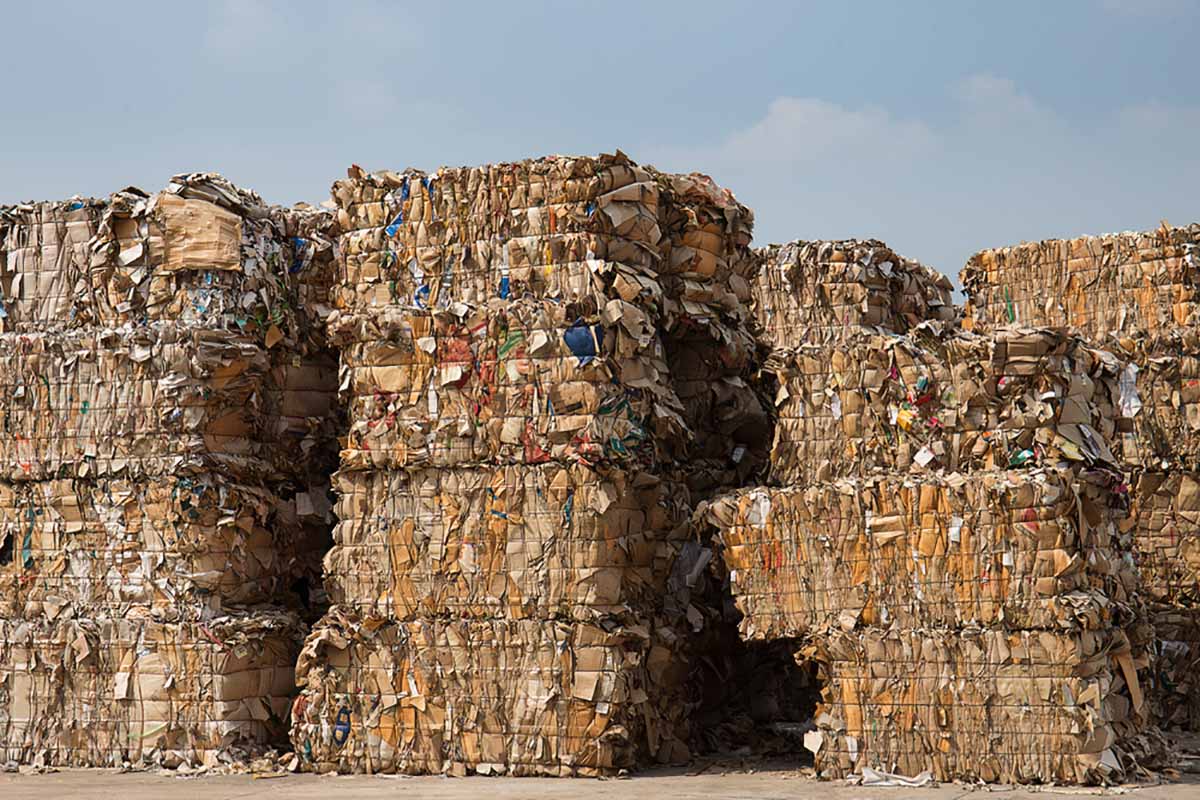
Statistics Canada released a detailed breakdown of the material diverted from landfill in 2022 and if it was generated by residential or non-residential sources. | Siwakorn1933/Shutterstock
A recent analysis from the Canadian government found that, in 2022, Canadian households and businesses diverted 9.9 million metric tons of material, the same as in 2020. Of that amount, about 3.6 million tons were paper fibers.
Those figures include newsprint, cardboard and boxboard and mixed paper, according to a press release from Statistics Canada, a data collection arm of the federal government. The data comes from Statistics Canada’s biennial Waste Management Survey. However, starting with the 2023 cycle of the Waste Management Survey, the data will become annual, Statistics Canada noted.
The Paper and Paperboard Packaging Environmental Council said in a press release that
“Canada’s paper packaging industry continues to be a leader in embedding recycling in all aspects of its operations.”
While paper fibers had the biggest share of diverted material at 36%, it was closely followed by organic materials at 31%. More than 3 million tons of organics were diverted, down about 3% compared with 2020.
About 77% of material sent to composting facilities in 2022 came from residential sources, Statistics Canada added.
The 2022 survey is the first time the group has published a breakdown of composted organic material by category, and it found that in 2022, 51%, or 1.6 million tons, were food waste. Next up was leaf and yard waste at 37%, or 1.1 million tons, followed by other organic materials at 11%, or 350,000 tons, though the proportions “varied substantially among the provinces,” the press release noted.
As for plastics, “diverting plastic waste to avoid disposal has become a challenge because of the many different types of hard-to-recycle plastics being produced for consumption and entering the waste stream,” Statistics Canada noted.
About 367,000 metric tons of the diverted material were plastic, or about 3.7%. Further, 72% of that plastic came from residential sources.
By region, Ontario and Quebec diverted the majority of all recycled and composted material in 2022, at 3.4 million tons and 2.7 million tons, respectively, while New Brunswick saw one of the largest increases in diversion of all materials since 2020, with a 5% increase.
About 455,000 tons of diverted material were glass, with 74% coming from residential areas, and and approximately 741,000 tons were ferrous metals, with 80% coming from non-residential sources.